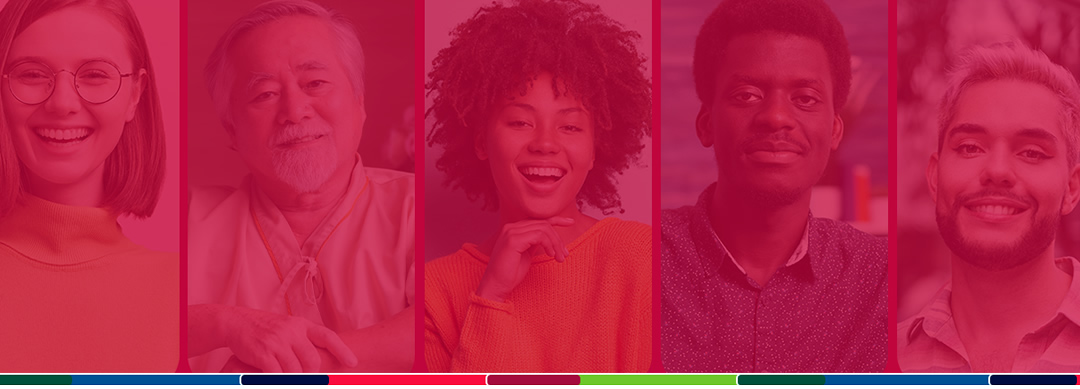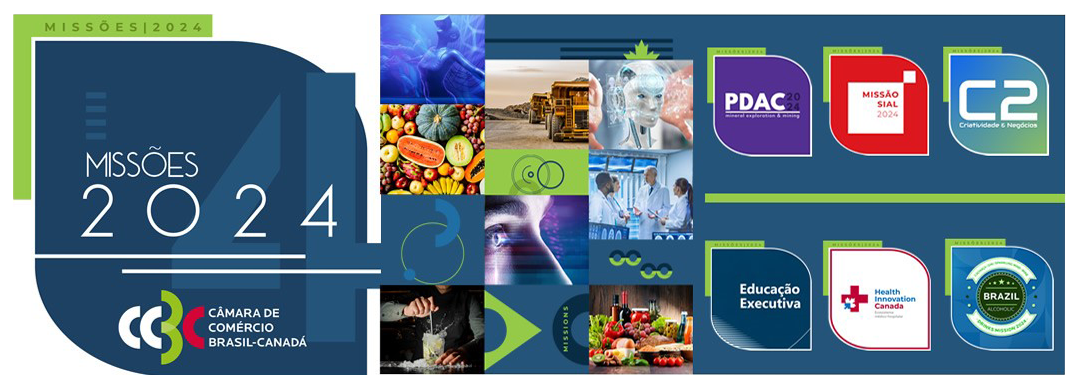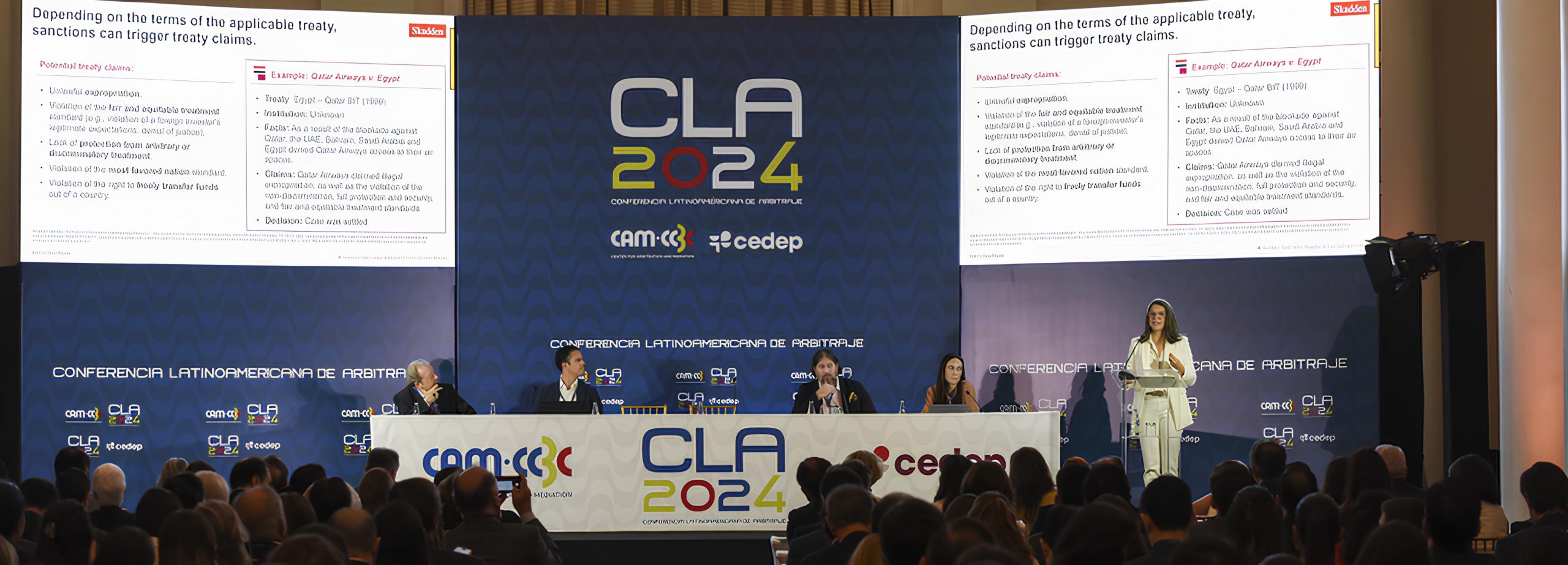Event promoted by the Chamber discusses Canadian experiences in promoting inclusion policies
By Sérgio Siscaro
The construction of a society characterized by diversity is an increasingly evident concern on the part of governments, institutions, and companies. This requires full and effective inclusion policies in terms of gender, age, ethnicity, race, religion, sexual orientation, disability, origin, and economic status, among other factors. In this context, the exchange of experiences is an important factor for this process to be successful – and Canada is one of the countries that has made the most progress in building a society that respects and makes room for difference.
To address this issue, the Chamber of Commerce Brazil-Canada (CCBC) promoted, in late August, the event Canadian Actions on Diversity and Inclusion in Brazil, in which the Consul General of Canada in Rio de Janeiro, David Verbiwski, addressed the experiences of his country in encouraging diversity and inclusion. The webinar was mediated by CCBC vice-president and coordinator of the Diversity and Inclusion Commission, Esther Nunes, who highlighted the importance of Canada in the debate on the theme.

Focus on Inclusion
Consul Verbiwski began his presentation by addressing Canada’s current demographic characteristics, which indicate an equal distribution between men and women in the population, as well as an expectation that people over 65 years of age will account for 20% of the total by 2026. He also stressed the importance of immigration in Canadian society, as well as of original peoples. “We know that there is still much to be done with the private sector to encourage an increase in the number of women in senior positions in business. This is a priority of the current government, which has 50% of its ministry made up of women”, he said.
According to Verbiwski, the factor that has been changing Canadian society is immigration. “Toronto is an example of this diversity. In 2014, 51% of residents had been born in other countries. Of the country’s total population, 26% of people came from abroad. For that reason, the government’s strategy is to give equity to all by fighting racism.” The Canadian experience became clear to the participants as the consul outlined the details of the major recent initiatives adopted by the Canadian government to increase diversity and inclusion in the country. He also mentioned the anti-racism action plan of Global Affairs Canada (GAC) – the federal department that manages Canada’s diplomatic and consular activities. Launched in October 2021, the plan sets out a five-year plan that seeks to make the entity more inclusive, both in Canada and in the rest of the world.
Other policies being adopted by Canada involve developing policies to increase the participation of people with disabilities in society, as well as the LGBTQIA+ community. “In addition, one of the pillars of the current government is reconciliation with the original peoples of Canada; we currently have 94 different actions in this regard,” he said. One point that still lacks initiatives from the Canadian government is encouraging the creation of opportunities for senior citizens – which Verbiwski said should be addressed in the coming years.
In Brazil
Through the GAC, the Canadian government also promotes its diversity and inclusion policies in Brazil. The consul recalled the creation, a year ago, of a diversity, equity and inclusion council in the country, in which he holds the position of chairman, and a series of three educational campaigns – dealing with native peoples, racism and LGBTphobia. “In Brazil, diversity is always at the forefront of our actions,” he added. Another initiative mentioned by Verbiwski is the Women in Mining Brasil program, which seeks to raise female participation in the mining sector – which relies on the collaboration of both the GAC and CCBC.
In the consul’s assessment, one should not be afraid to make mistakes when seeking the path to a more just, egalitarian, and diverse society. “Furthermore, to learn something about a segment of society, one must give voice to someone from that group – and have the voice of someone who lives that experience,” he concluded.





